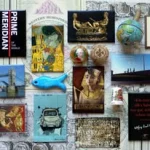Landing at the small airport of Keflavik you immediately realize that this country is quite different than anything else on our continent. Wherever you look in Iceland, there is lava.
Sometimes it is gray or blue-gray, sometimes red or yellow-brown, but predominantly black, you will find it in all forms and shapes – sometimes as fine black sand, sometimes in frozen folds like the skin of an old turtle or like waves of land with some grass growing on it, or like the back of a dinosaur or another monster rising from the snow.
You will see it also like bubbles of strange shapes. I thought the enormous bubbles with large cracks in them were the most fascinating. The ground here reminds you of a scrub, which is beginning to crack and peel off.
When you stand in such a place inevitably you start asking yourself – what happened here millions of years ago? How did the earth manage to bubble up, freeze in this shape and start cracking? When you look into these open wounds of Earth, you subconsciously feel that something unbelievable and mysterious is still taking place in its womb.
 The Earth crust here is considerably thinner and magma comes closer to the surface and it is just a question of time when it will break out again and devastate everything around. Iceland is one of the most active volcanic regions of our planet, with 30 out of a total of 200 volcanos still active.
The Earth crust here is considerably thinner and magma comes closer to the surface and it is just a question of time when it will break out again and devastate everything around. Iceland is one of the most active volcanic regions of our planet, with 30 out of a total of 200 volcanos still active.
During our „expeditions“ we saw volcanos of all types and forms: lava volcanos, mud volcanos, fissure vents, lava domes, cinder cones, stratovolcanos and even pseudovolcanos.
The greatest catastrophe in Iceland took place in 1783 when the Laki volcano erupted and was covered with lava 600 sq.km. Ash and sulphur dust covered the whole country, caused acid rains and killed one-fifth of the population. The King of Danemark, a part of which the island was at that time, seriously considered the evacuation of all the rest of the population to Danemark. Geologists are in constant fear of another such big eruption.
Volcanos
Why do actually most volcanos have women‘s names? Maybe because an eruption is like an outburst of a hysterical woman? Iceland volcanos also have women‘s names – Askja, Krafla, Hekla … It is about Hekla that Icelanders say „Go to Hekla, go to hell!“ It is unbelievable that this imposing and peaceful-looking mountain with a big snowcap has erupted over 20 times in known history, most recently less than 20 years ago.
Many volcanos are really magnificent. Take, for instance, Krafla‘s yellow-brown crater, which hides a beautiful turquoise lake. A reminder that it also hides an awful force are the numerous vents blowing out hot vapours.
Roads and Off-roads
Vacationing in Iceland is also interesting in that you will spend a lot of time in a rented vehicle, best of all a 4WD. The main road around the island is excellent, but if you take a turn to the inside of the country, you will be travelling sand roads, stone roads, lava roads. Some of them are open only around two months a year. You can find out the current road situation here.
Many roads often cross rivers. And the water level can change very quickly depending on the weather – when the noon sun melts the glaciers around, the river can quickly become much deeper. If there is strong rain, the fords can become impassable within 10 minutes.
During our trip to Askja, we came upon a river, which was meandering in such a way, that we had to cross it several times. And the river looked different at every crossing – sometimes more narrow and fast, sometimes broad and calm. At one point we came to a place, where the river seemed too deep and dangerous and there was none around to advise us.
But suddenly two Grandpas in a Landcruiser appeared out of nowhere and drove straight into the river without any hesitation. This helped us overcome our fears. We managed to cross the river without problems, but on the way back the water was reaching the car doors and a little actually came inside! We were probably not the only ones with such experience because we met a car where people were drying their socks under the back window.
The way to Askja was like a polar expedition – we were walking in deep snow, the path was marked by stakes placed in the snow at a considerable distance from each other so that it was difficult to see the next one. And it was the beginning of July!
After almost an hour we reached our goal – we were standing at the edge of the crater, dressed as if at the North Pole, but around 60 m below us people were joyfully playing in the warm milky water of the crater lake. Before us and towards the horizon there was another beautiful lake with water as blue as the sky and as cold as ice!
Extra tip:
We rented our car from Reykjavik rent a car, receiving it and returning it at the airport. We were very happy with the service, highly recommendable.
Did you like this article? Then leave a comment or give us your like on Facebook or share.
You may also like:
Text: © Copyright Ingrid, Travelpotpourri
Fotos: © Copyright Ingrid, Travelpotpourri

 TRAVEL
TRAVEL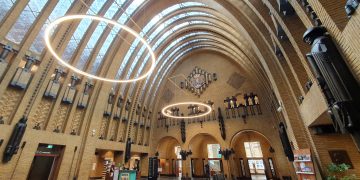
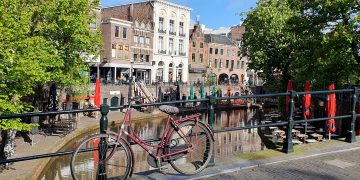
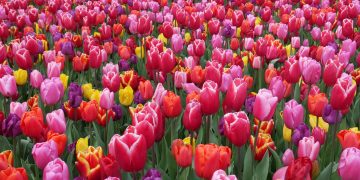
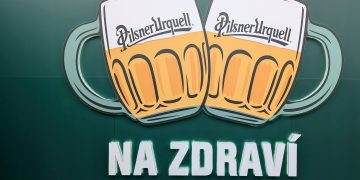
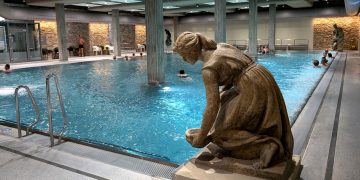
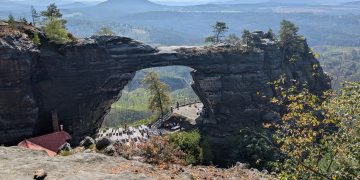
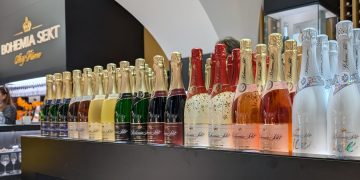
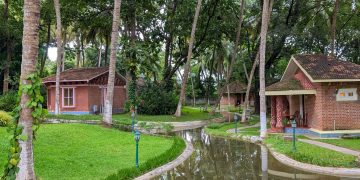
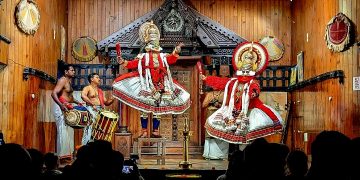
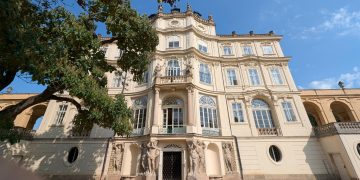
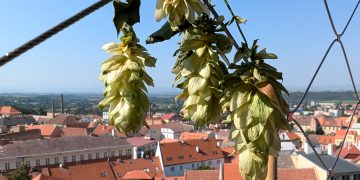

 RECIPES WITH A STORY
RECIPES WITH A STORY
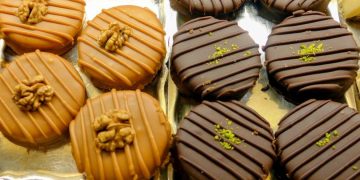


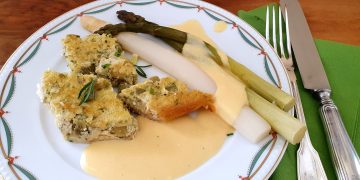
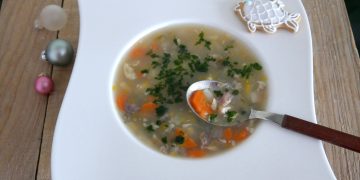


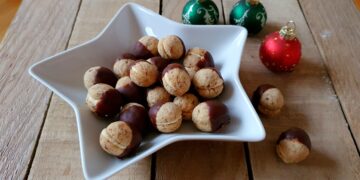

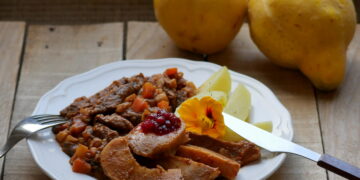
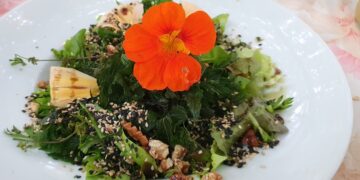
 AUSTRIA-VIENNA
AUSTRIA-VIENNA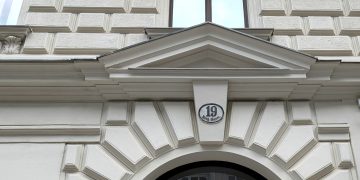
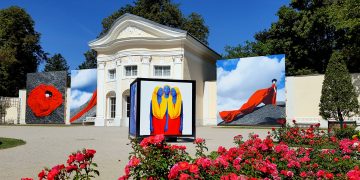
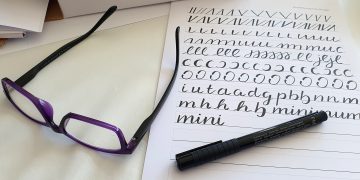
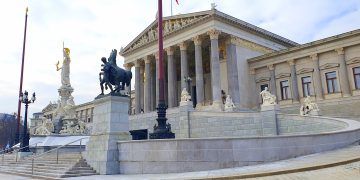

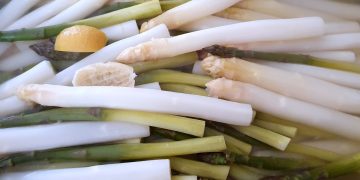
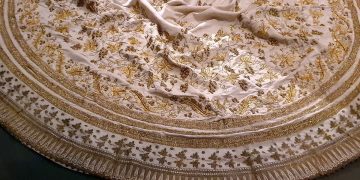
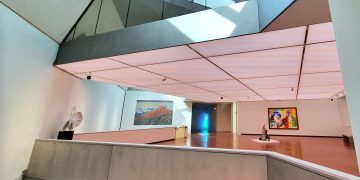
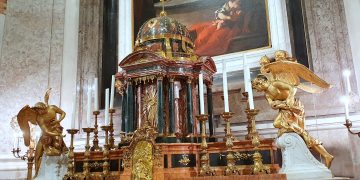
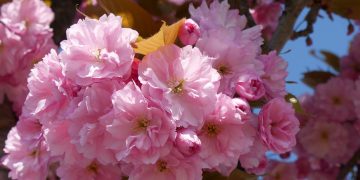
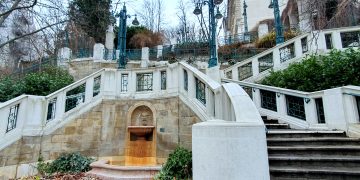

 SLOVAKIA-BRATISLAVA
SLOVAKIA-BRATISLAVA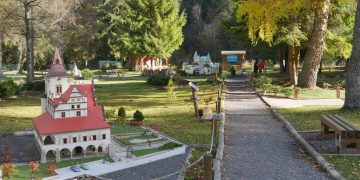
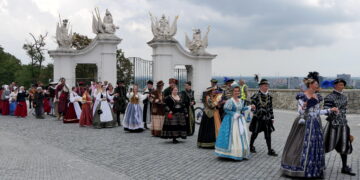


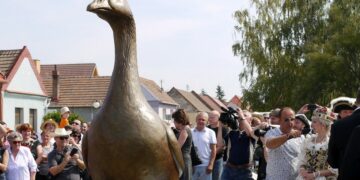
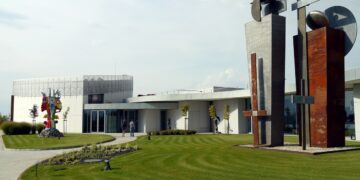
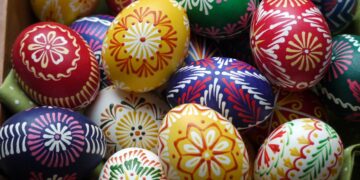
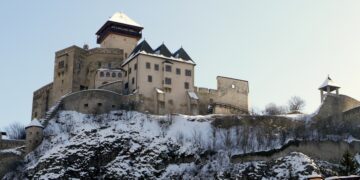
 EVENTS
EVENTS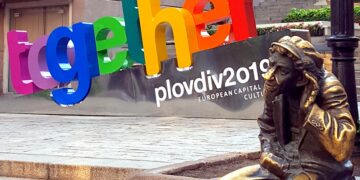
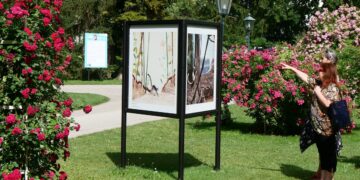
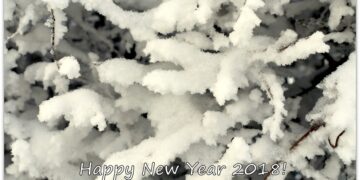
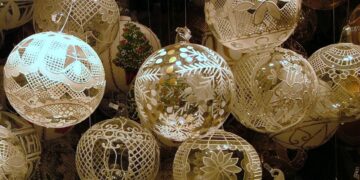

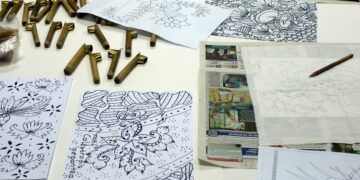

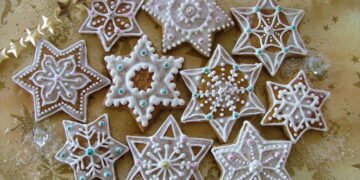
 INTERVIEWS
INTERVIEWS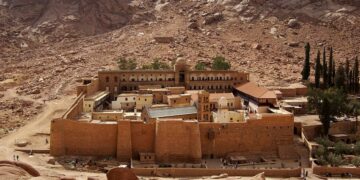




















 Kaffeehaus – Traditional Viennese Coffee House
Kaffeehaus – Traditional Viennese Coffee House 21 Things to Taste or Buy at a Christmas Market in Vienna
21 Things to Taste or Buy at a Christmas Market in Vienna

